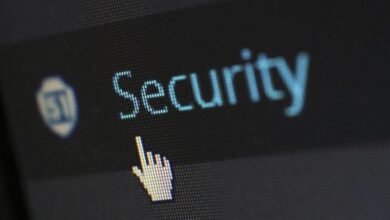Caller Mystery Solved 3444291022 3511662931 3510809861 3289247285 3274376534 3509470659

The phenomenon of unknown callers, such as 3444291022 and 3511662931, poses a significant challenge for many individuals. These numbers often link to telemarketing efforts or potential scams, employing tactics designed to provoke urgent responses. By examining the origins and common patterns of these calls, individuals can better protect themselves. However, the true nature and implications of these calls remain to be explored further. What strategies can effectively mitigate this intrusion?
Understanding the Caller ID: An Overview of Unknown Numbers
A significant number of individuals frequently encounter unknown numbers on their caller ID, prompting a mix of curiosity and concern.
This phenomenon raises questions regarding caller identification and the implications of unknown origins. Many seek to understand whether these calls represent legitimate inquiries or potential scams.
As technology evolves, discerning these unknown numbers becomes essential for maintaining personal security and freedom from unwanted disturbances.
Analyzing Specific Numbers: 3444291022 and 3511662931
The analysis of specific unknown numbers, such as 3444291022 and 3511662931, can provide valuable insights into their origins and potential implications for recipients.
Caller identification plays a crucial role in understanding these numbers, revealing patterns that may suggest telemarketing or other purposes.
Investigating number origins can empower individuals to make informed decisions about responding to such calls, enhancing their personal security.
Common Patterns in Unknown Callers: Scams and Telemarketing
Analyzing unknown callers often reveals common patterns indicative of scams and telemarketing operations. Frequent use of scam tactics includes urgency and emotional manipulation, aiming to provoke immediate responses.
Telemarketing trends often involve repeated calls from similar numbers, utilizing spoofed identities to bypass scrutiny. Recognizing these patterns can empower individuals to identify potential fraud and make informed decisions regarding their phone interactions.
Steps to Protect Yourself From Unwanted Calls
Although unwanted calls can be disruptive and frustrating, individuals can take proactive measures to shield themselves from these intrusions.
Utilizing call blocking features on smartphones effectively reduces unwanted communications. Additionally, adjusting privacy settings on devices and social media can limit exposure to telemarketers.
Conclusion
In the labyrinth of unknown callers, numbers like 3444291022 and 3511662931 serve as warning signs, illuminating the path towards informed decision-making. By recognizing the common patterns associated with telemarketing and scams, individuals can navigate this maze with greater confidence and security. Employing call-blocking features acts as a shield, protecting personal space from unwanted intrusions. Ultimately, understanding these calling trends empowers individuals to reclaim control over their communication, reducing disruptions and enhancing peace of mind.



